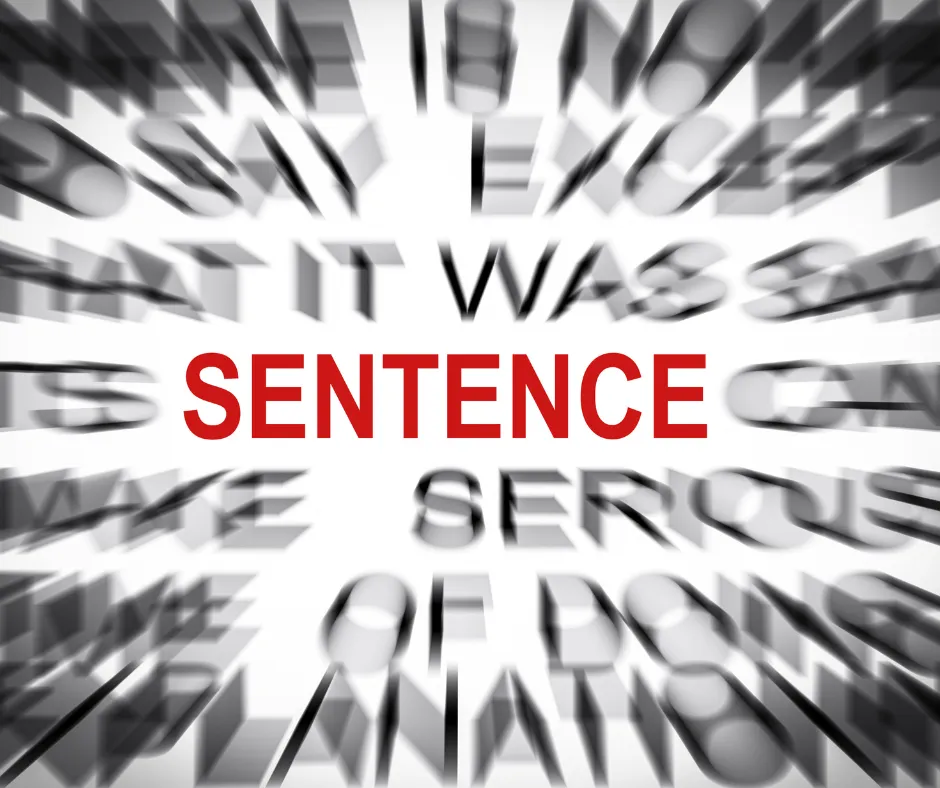Contact Us

The Reading Struggle No One Talks About: Linking Ideas Across Sentences

Reading comprehension isn’t just about knowing words or sounding them out.
It’s about understanding the meaning behind the sentences.
But what happens when a child reads a passage... and it still doesn’t make sense?
The problem might be something most parents have never considered: linking ideas across sentences and paragraphs.
This hidden struggle can make even the best readers feel stuck, frustrated, and lost.
Let’s break down why this happens and how you can help your child overcome it.
Why Do Students Struggle to Connect Ideas Across Sentences or Paragraphs?
Reading comprehension involves weaving ideas together to form a bigger picture. However, many students face challenges, such as:
Gaps in foundational skills: If students struggle with decoding or vocabulary, they may focus so much on individual words that they miss the connections.
Cognitive overload: Linking ideas requires working memory, and some students may feel overwhelmed trying to juggle multiple concepts.
Weak sequencing skills: Understanding how events or arguments unfold logically can be tricky for kids who struggle with patterns or timelines.
These obstacles can make a book or passage feel like a series of disconnected thoughts rather than a coherent story.
Signs Your Child is Struggling with This Skill
Not sure if this is your child’s issue? Look for these signs:
Frequent re-reading: Your child reads a paragraph over and over but still doesn’t "get it."
Missing the main idea: They can tell you what happened but not why it matters.
Difficulty summarizing: They struggle to explain how details in the text relate to the bigger message.
Losing interest in reading: Frustration often leads to avoidance.
If you’ve noticed these behaviors, it’s a clear sign your child might need extra support.

How Tutors Can Help Students Improve This Skill
Tutors play a key role in teaching kids to connect the dots while reading.
For example, during my sessions, I use the pause and think technique to help identify why a connection isn’t being made.If a student feels stuck, I may bring in other materials, activities, videos, or even visual imagery to paint the picture and help them understand.
One student, a 4th-grade boy named Liam, struggled to understand how the events in a story connected. He was reading a passage about a storm that caused a power outage, followed by characters using candles to light their home. Liam couldn’t see the link between the storm and the candles.
To help, I paused and asked him to imagine a house during a storm, the lights flickering, and finally going dark.Then, I asked, “What would you do next?” This visualization clicked for Liam, and he was able to connect the storm to the need for candles.
This small breakthrough showed him how imagining scenes could help him connect ideas in a story.

Activities and Strategies to Try at Home
You can also work on this skill outside of tutoring sessions with these simple activities:
Sentence strips: Write sentences from a short passage on strips of paper. Have your child arrange them in the correct order and explain how they’re connected.
“What’s the Connection?” game: After reading a few sentences, ask your child to identify how they link together (e.g., “Is this an example, a reason, or a result?”).
Summarize with key phrases: Encourage your child to summarize paragraphs with prompts like, “This part is about…” or “The main idea here is...”
Reading aloud and pausing for discussion: Talk about how each sentence builds on the last.
Finally, follow the practice tips and study suggestions recommended by your tutor. Consistent reinforcement at home is the key to building confidence and comprehension.
Next Steps
Helping your child linking ideas across sentences and paragraphs is a game-changer in reading comprehension. It unlocks a deeper understanding of texts, making reading less frustrating and more enjoyable.
During my sessions, I provide lesson notes to parents within 24 hours so they can reinforce these skills at home and remind their child to use them at school. Many parents have shared how they’ve noticed progress not only during tutoring but also in the classroom.
If you’ve noticed your child struggling with this skill, consider partnering with a tutor who can give them the strategies and support they need to succeed. Ready to take the next step? Reach out today and discover how tutoring can make a difference.
